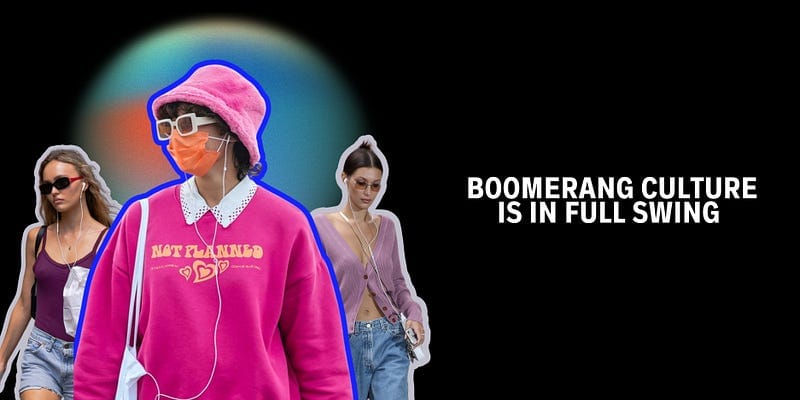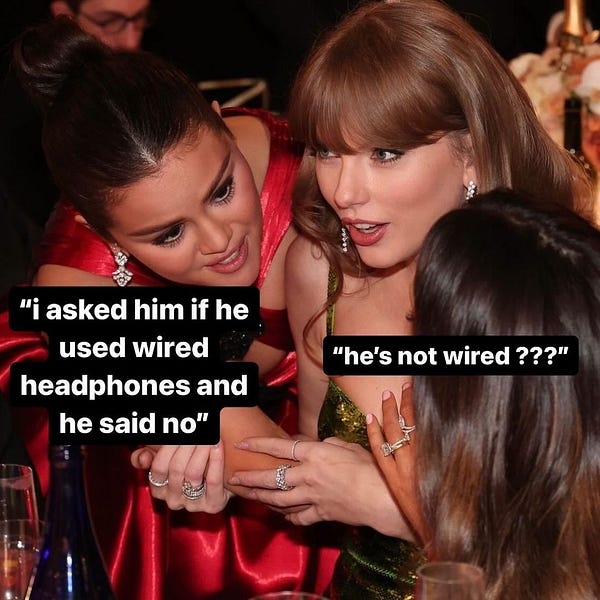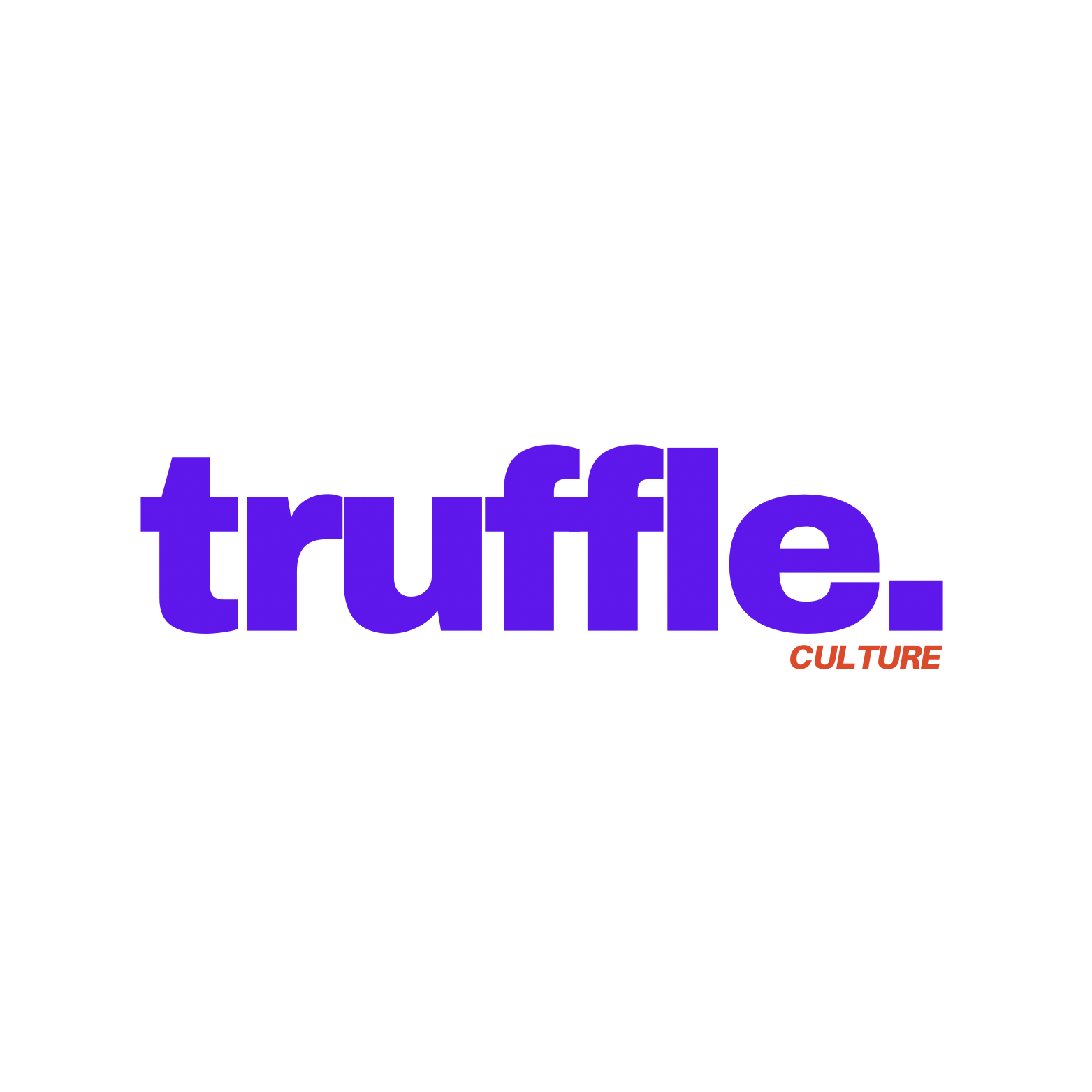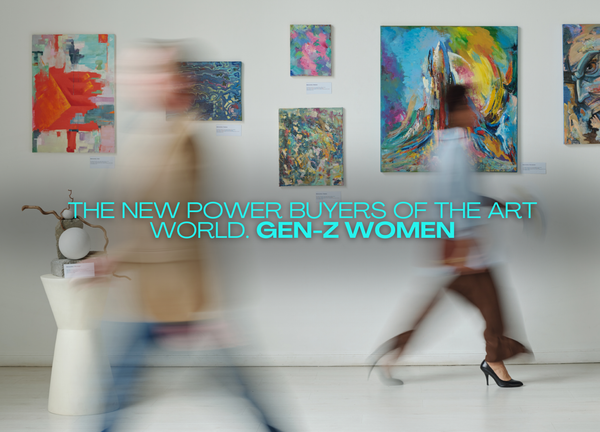Boomerang culture is in full force.
Culture has always flowed in seasons, forming cycles throughout history as trends come and go and come back again. “Boomerang culture” (a…

Culture has always flowed in seasons, forming cycles throughout history as trends come and go and come back again. “Boomerang culture” (a term I am coining) is the concept that a forceful push against a trend or culture results in a rebound more intense than the original trend. Today’s example is our (now expired) obsession with wireless headphones and the subsequent boomerang to ‘old school’ wired headphones.




This can be seen all over the world in various contexts. For instance, blockbuster cinema, such as Disney’s Marvel, is now struggling as audiences seek human storytelling and independent cinema, with stellar examples from the likes of A24, the independent entertainment company that brought us “Moonlight” and “Everything Everywhere All At Once.” There is also a paradoxical reliance on and resistance to technology from young people. While they spend more time online, they are anonymously forming niche cultures, preferring privacy on social media, and choosing to spend more time on platforms such as TikTok that offer quick, informal access to browse at leisure without worrying about likes or popularity.
This resistance to technology has never been more prevalent. From the return of wired headphones, spearheaded by the cool kids on the internet, to the post-hype flop-era of Apple’s Vision Pro as the company slashes its 2024 sales expectations. Even Google can’t keep up, developing more innovative AI tools to support search and advertisement, but losing users in droves as young people opt to search on platforms such as TikTok.
In the current boomerang cycle, we’re beginning to see the start of a cultural phenomenon picking up traction in all corners of the internet and the real world: “The Analogue.” In a world that is hyper-digital, the nostalgia and fetishism of The Analogue are spreading like wildfire. “The Analogue” refers to a movement where people revert to or romanticize older, non-digital technologies and practices in response to the pervasive influence of digital technology. This phenomenon emerges from a desire for authenticity, simplicity, and tangible experiences that digital alternatives lack. Live music ticket sales are on the rise (remember when they told us we would all be watching Beyonce live at home with a headset) and tech-based experiences are on the decline.
A notable example is smoking. Smoking is once again cool. The era of the vape or e-cigarette is coming to an end as cigarettes dominate our screens and catwalks. Images spring to mind of Lily-Rose Depp smoking seductively in The Weeknd’s HBO series ‘The Idol’. In the same realm as Marlboro Gold is the youth obsession with Y2K fashion and 1990s aesthetics, fuelled further by the Brat summer of 2024, sparked by Charli XCX’s 6th studio album, Brat.

Nostalgia-driven entertainment plays a crucial role in shaping ‘Boomerang Culture.’ Examples include the 80s-themed Netflix original ‘Stranger Things’ and a decade-long string of box office smash releases that were all remakes (Star Wars, The Lion King). But the influence doesn’t stop there. In the past few years, we have seen a slew of music artists, active, retired, and deceased, selling their masters, enabling a wave of nostalgia-driven business that may potentially be around the corner. Bob Dylan sold his entire catalog for $300 million, with Katy Perry recently selling hers for $225 million.

As we navigate this dynamic cultural landscape, it’s evident that “Boomerang Culture” profoundly shapes our collective experiences and preferences. From the resurgence of wired headphones to the revival of analogue pleasures, these shifts underscore a broader yearning for authenticity and tangible connections in an increasingly digital world. As trends continue to ebb and flow, the current embrace of nostalgia-driven elements serves as a testament to our enduring desire for the familiar and the genuine. Whether through the rekindling of past technologies or the revival of vintage aesthetics, “Boomerang Culture” highlights the cyclical nature of cultural evolution, reminding us that what once was old can become new again.





